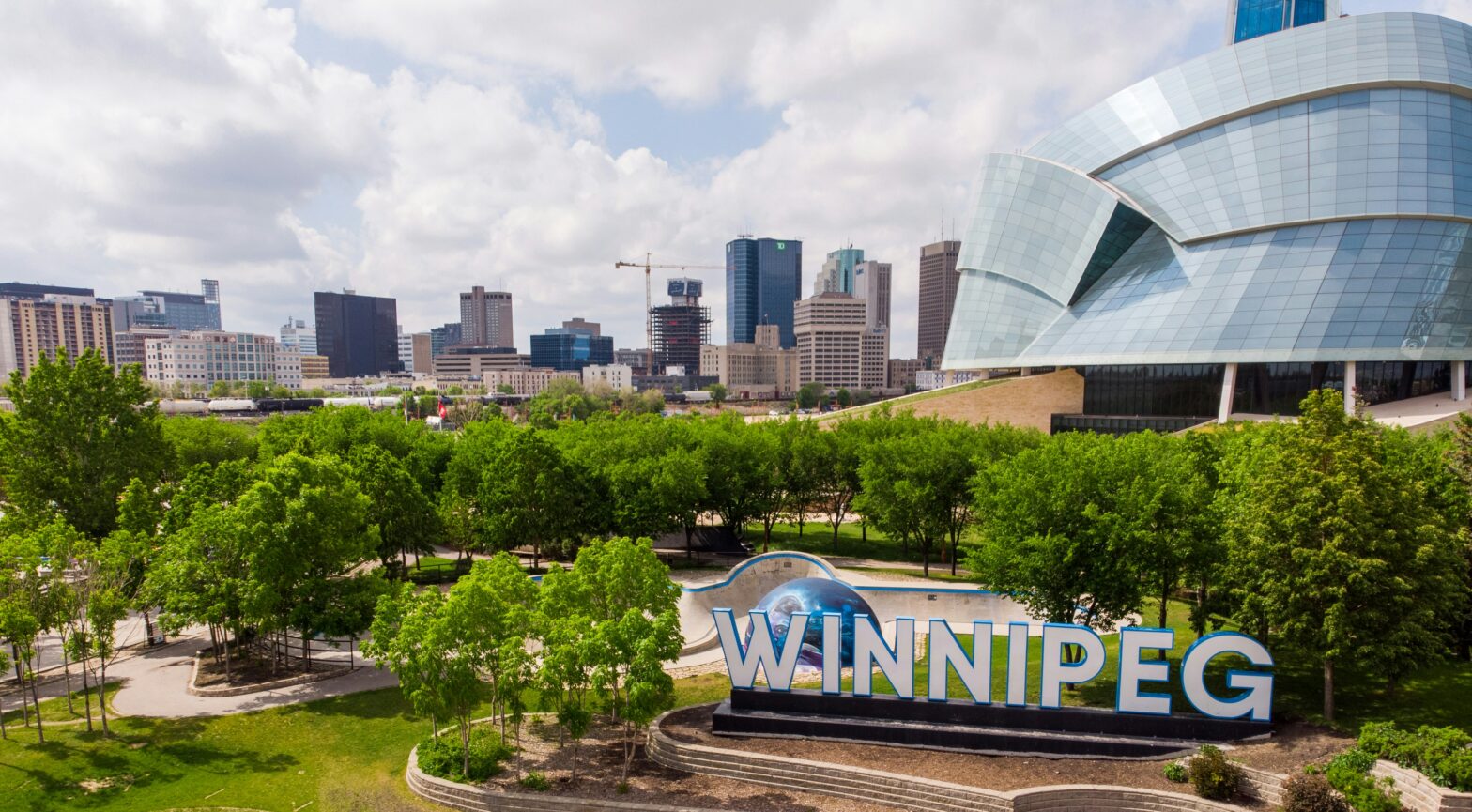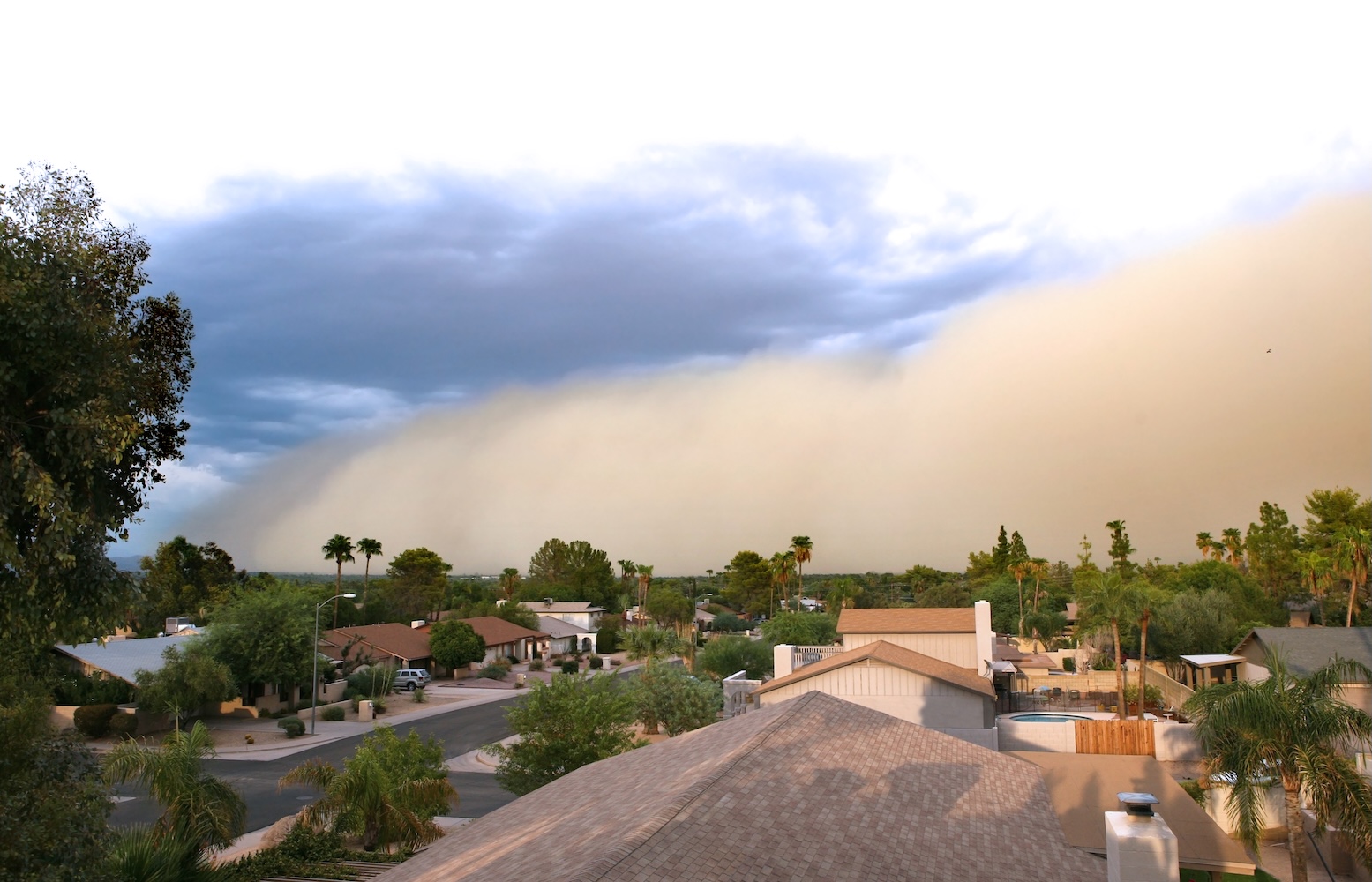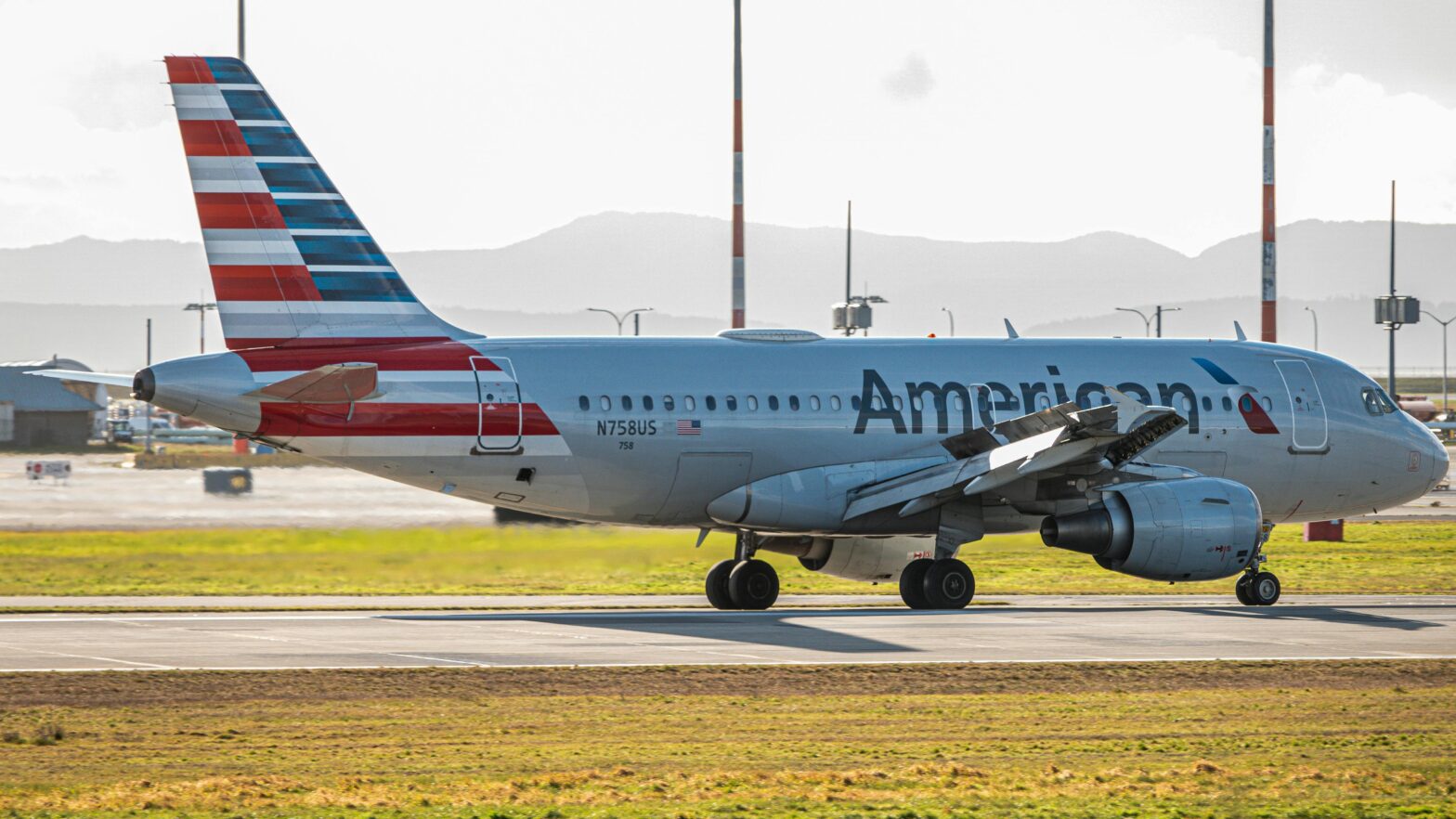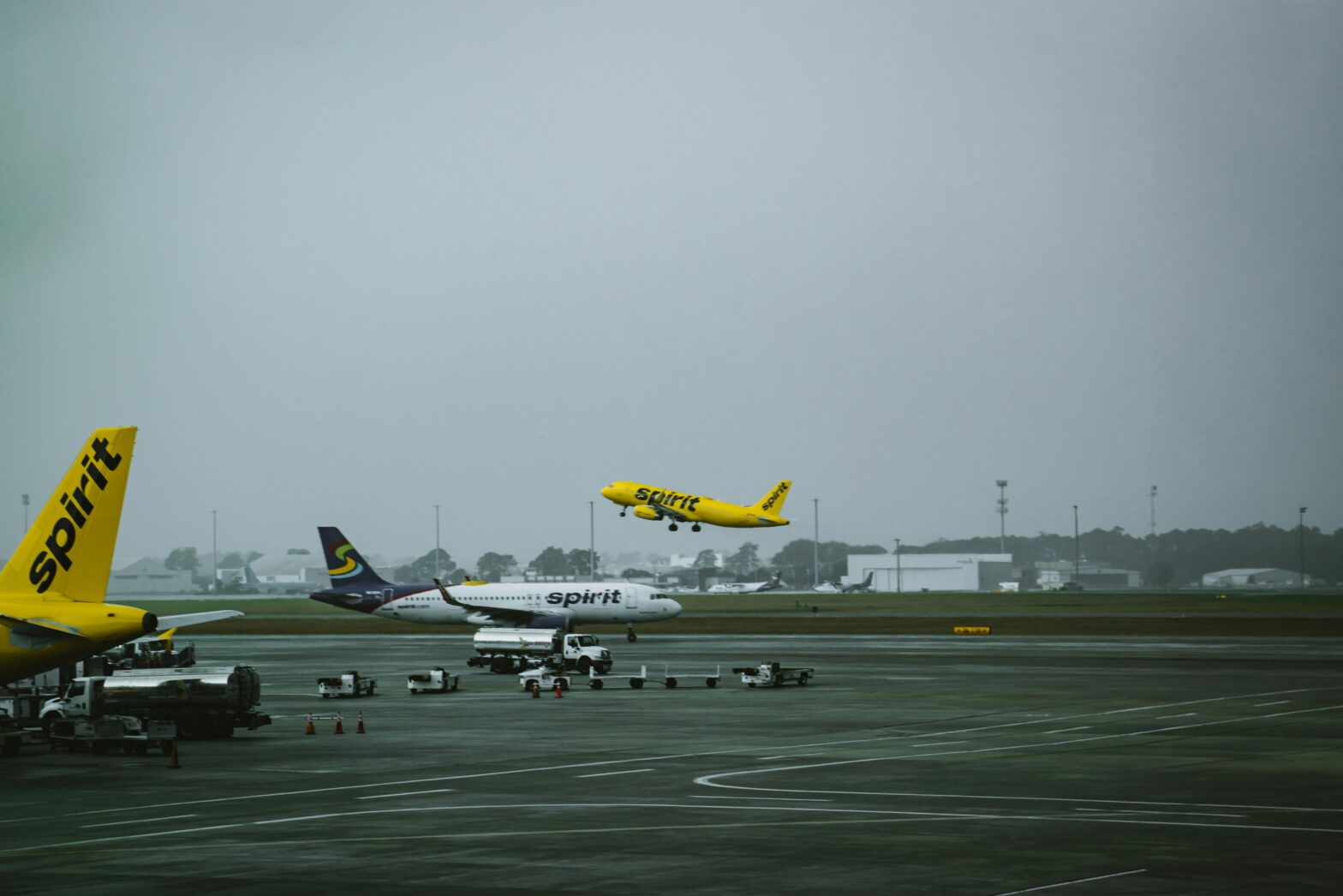There’s no denying Blackness in Puerto Rico. Vejigantes are an integral part of annual festivals. Pasteles are eaten every Christmas. Bomba and Plena are considered traditional Puerto Rican styles of music and dance. These are all things that would not exist without the influence of African people in Puerto Rico.
While the contributions made by people of African descent are often overlooked in Puerto Rico, their cultural contributions to the island are significant.
In fact, several popular Puerto Rican dishes date back to African influences including mofongo, bacalaitos, and pasteles.

“Some of Puerto Rico’s mouthwatering delicacies date back to our African roots and are favored among the locals as well as tourists visiting the island,” said local Chef Ecuajei. “Africans transformed the ceramic cooking tool used by native Tainos to make casaba (yuca-based flatbread) into an iron griddle called “burén.” The tool is used for cooking coconut-based candies wrapped in banana leaf, mofongo, mondongo, sancocho, coconut rice, pasteles, empanadas, and many plates they brought to the Puerto Rican culinary culture.”
How and Where To Experience Afro-Puerto Rican Cuisine
According to Chef Ecuajei, keep these dishes in mind in during your stay in Puerto Rico:
This popular Puerto Rican dish contains mashed plantains, sofrito-sautéed onions, peppers, herbs, garlic, and protein (such as chicken, steak, pork, and seafood).
It dates back to an African dish called fufu, a staple of West and Central Africa, made similarly of starchy root vegetables – cassava, yams, and plantains which are boiled and pounded into doughy balls, then served with sauce or soup. When brought to Puerto Rico, fufu merged with the gastronomic traditions of the Taíno and Spanish to create the now revered mofongo.
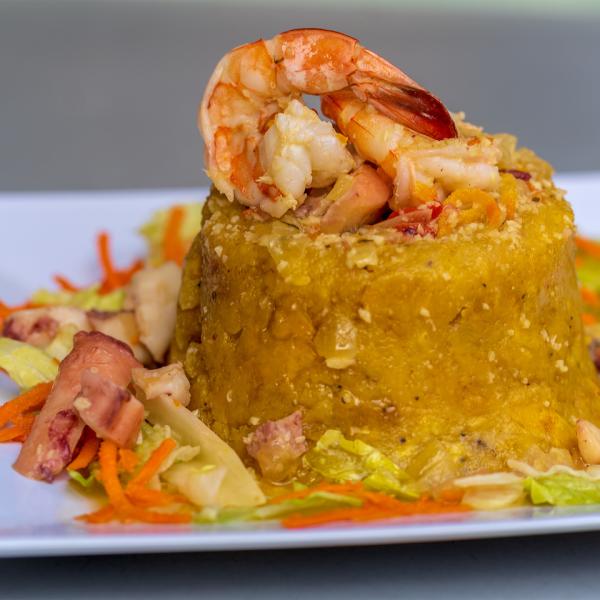
Puerto Rican fritters, commonly found within beachside shacks, are a popular treat for tourists and locals.
Originally brought to the Caribbean by Spanish colonists, salted codfish became part of the region’s local cuisine on islands. The basic concept of shredded or diced salt cod fried in batter did appear to originate from a “universal archetype.” That model resembles a West African fritter called accara.
The fried salted cod fritter originated from a blend of different cultures. In this instance, West Africans, Spanish, and the indigenous population all contributed to the development of this dish.
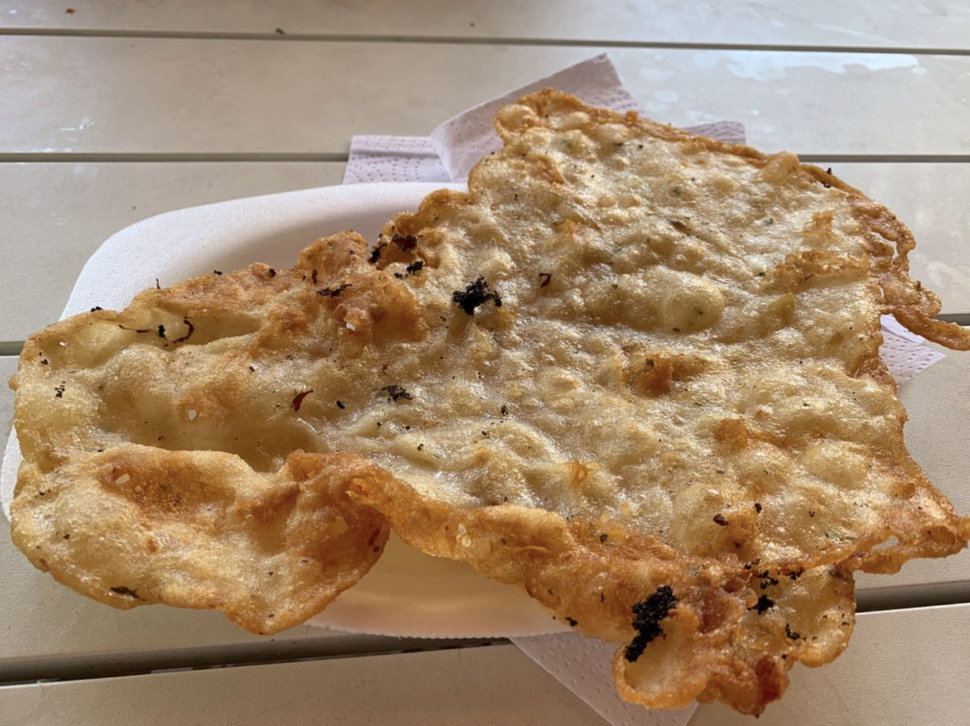
The technique of wrapping the pastel in banana leaves is owed largely to Puerto Ricans’ African ancestors who worked in the sugar plantations. In the early 19th century, plantains became prominent among the Africans in Puerto Rico.
African Influence Through Dance In Puerto Rico
Before there were styles like salsa and reggaetón, there was bomba, brought to Puerto Rico from Africa hundreds of years ago. Most of the island’s cultural expressions evolve from it.
The music can be an upbeat holandé, played and danced with great enthusiasm, or a yubá, which is more somber and spiritual. Many of which are still sung today, the songs showcased the Lamento among the sugarcane plantation workers, who bared their collective souls during gatherings.
One of the most breathtaking demonstrations of the heritage Puerto Ricans carry is the Bomba, an Afro-Caribbean rhythm played by two or more drums guided by the dancer’s feet. It is best described as a dialogue between a dancer and a drummer where the dancer approaches the musicians with steps called piquetes that shape a rhythmic discourse.

“The dance and song can go on for as long as the dancer continues to move. The dance originally served as a catalyst for the oppressed, so the lyrics that accompany the beat derive from a spiritual evocation reflecting the anger and sadness a performer felt about their social condition,” according to historians at Discover Puerto Rico. “The respect and emotional weight with which it is performed is captivating for spectators.”
According to Discover Puerto Rico, curious travelers and newer generations looking to add some cultural spin to their dance moves can make their way to Don Rafael Cepeda School of Bomba. Located in San Juan, the school aims to preserve and promote the legacy of Puerto Rico’s traditional music and dances. Once a year, the school organizes the National Day of Bomba Festival.
Cities and Villages Where African Influences Can Be Experienced
A few minutes outside of San Juan and just past touristy Isla Verde, you will come across the town Loiza, which is also home to the iconic Corredor Afro.
“What makes this town unique is its rich African heritage that permeates the town’s identity, as the town was settled in the 16th century by members of the Yoruba tribe,” said Dr. Marta Moreno Vega, Co-Founder of Corredor Afro. “In modern times, most of the music, dance, culinary traditions, and art produced in Loiza is Afro-Puerto Rican, and the town has the largest Black population on the island.”
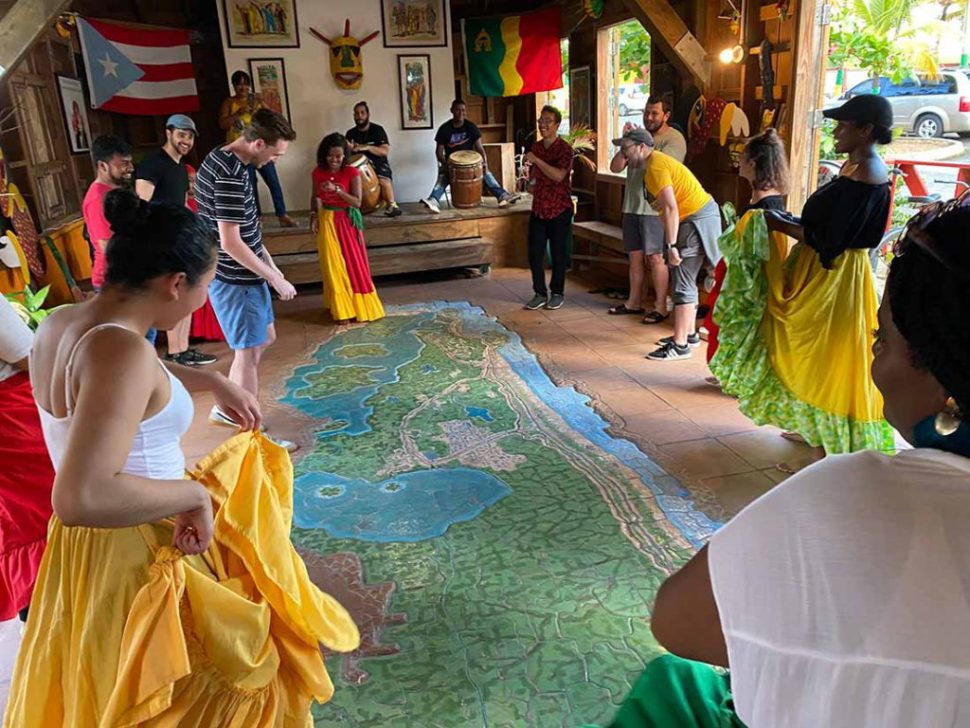
Historians On The Importance Of Preserving Black Culture In Puerto Rico
“In a period in which racial and social justice are critical to framing a narrative of equity, bringing visibility to our African heritage as part of the tapestry that is Puerto Rico, government officials, scholars, institutions, universities, and organized communities must bring the needs of African descendants’ communities to the forefront of the Puerto Rican social and cultural agenda,” said Dr. Marta Moreno Vega.
“It is also important for the younger generations to learn more and discover their history, who they are, and where they come from. Afro-descendants in Puerto Rico and the community bring greater awareness to the culture while still keeping the history alive and passing this down for generations to come. “

